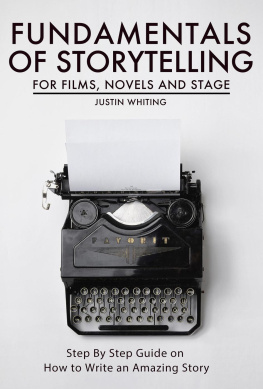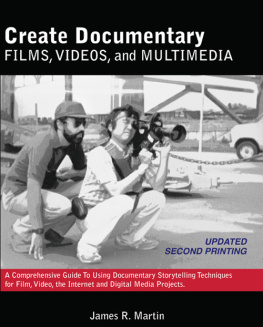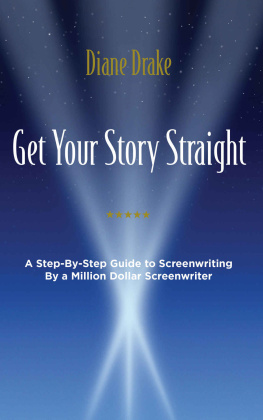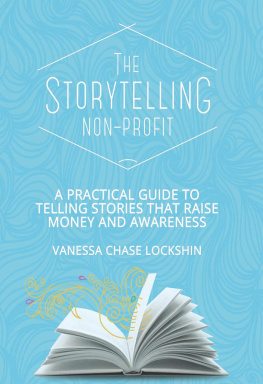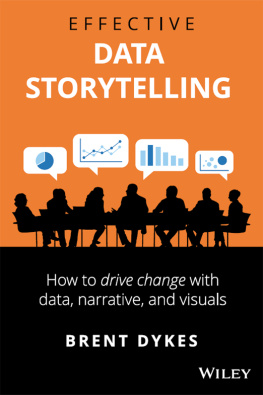Justin Whiting - Fundamentals of Storytelling for Films, Novels and Stage: Step By Step Guide on How To Write an Amazing Story
Here you can read online Justin Whiting - Fundamentals of Storytelling for Films, Novels and Stage: Step By Step Guide on How To Write an Amazing Story full text of the book (entire story) in english for free. Download pdf and epub, get meaning, cover and reviews about this ebook. year: 2020, publisher: Justin Whiting, genre: Home and family. Description of the work, (preface) as well as reviews are available. Best literature library LitArk.com created for fans of good reading and offers a wide selection of genres:
Romance novel
Science fiction
Adventure
Detective
Science
History
Home and family
Prose
Art
Politics
Computer
Non-fiction
Religion
Business
Children
Humor
Choose a favorite category and find really read worthwhile books. Enjoy immersion in the world of imagination, feel the emotions of the characters or learn something new for yourself, make an fascinating discovery.
- Book:Fundamentals of Storytelling for Films, Novels and Stage: Step By Step Guide on How To Write an Amazing Story
- Author:
- Publisher:Justin Whiting
- Genre:
- Year:2020
- Rating:5 / 5
- Favourites:Add to favourites
- Your mark:
Fundamentals of Storytelling for Films, Novels and Stage: Step By Step Guide on How To Write an Amazing Story: summary, description and annotation
We offer to read an annotation, description, summary or preface (depends on what the author of the book "Fundamentals of Storytelling for Films, Novels and Stage: Step By Step Guide on How To Write an Amazing Story" wrote himself). If you haven't found the necessary information about the book — write in the comments, we will try to find it.
Become a better writer and storyteller!
This guide will teach you the tricks that every screenwriter, playwright and novelist uses! Must have companion guide for every creative writer.
Great films, novels and plays all have one main thing in common - the fundamentals of storytelling.
Utilize the essential storytelling elements to create exciting, memorable and well written stories
This book will give you an in-depth guide into each of the essential elements and teach you how to use them. You will create a unique premise with intricate themes inside an original setting. Your characters will be fully developed and they will face exciting conflicts and antagonists. The traditional Three Act Structure will drive your story to an amazing climax. This book will also help you edit your stories and cultivate your own captivating authors voice. The step by step techniques will guide you from idea creation to completion!
Learn with examples from some of the best stories ever told!
In this book you will find hundreds of examples of modern films, stories and plays to help you fully understand the storytelling concepts and implement them into your stories. Each section has a variety of examples in case you arent familiar with one.
The journey to a complete story is not always easy, but with the step by step approach in this book and your own creativity, you will be set up for success.
Justin Whiting: author's other books
Who wrote Fundamentals of Storytelling for Films, Novels and Stage: Step By Step Guide on How To Write an Amazing Story? Find out the surname, the name of the author of the book and a list of all author's works by series.

